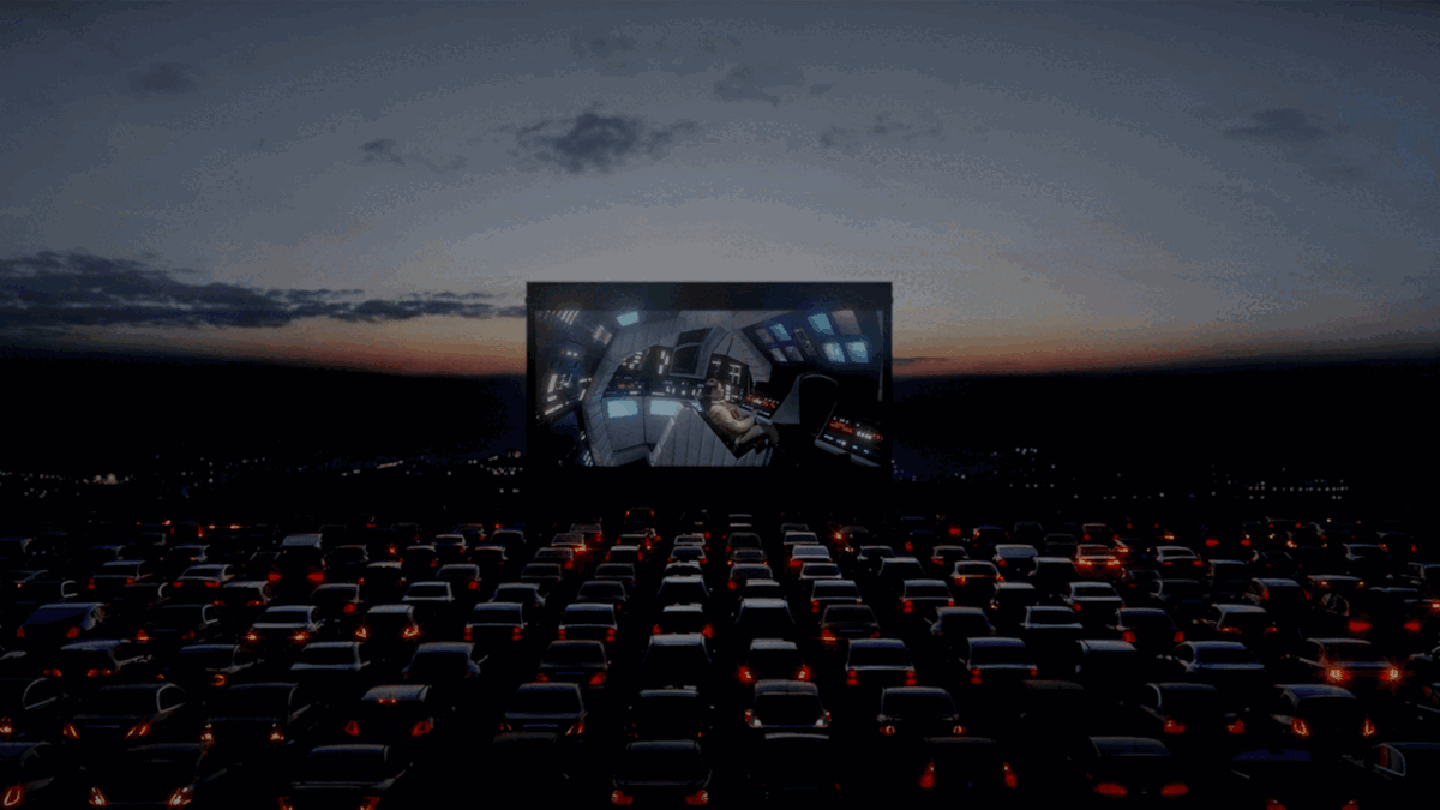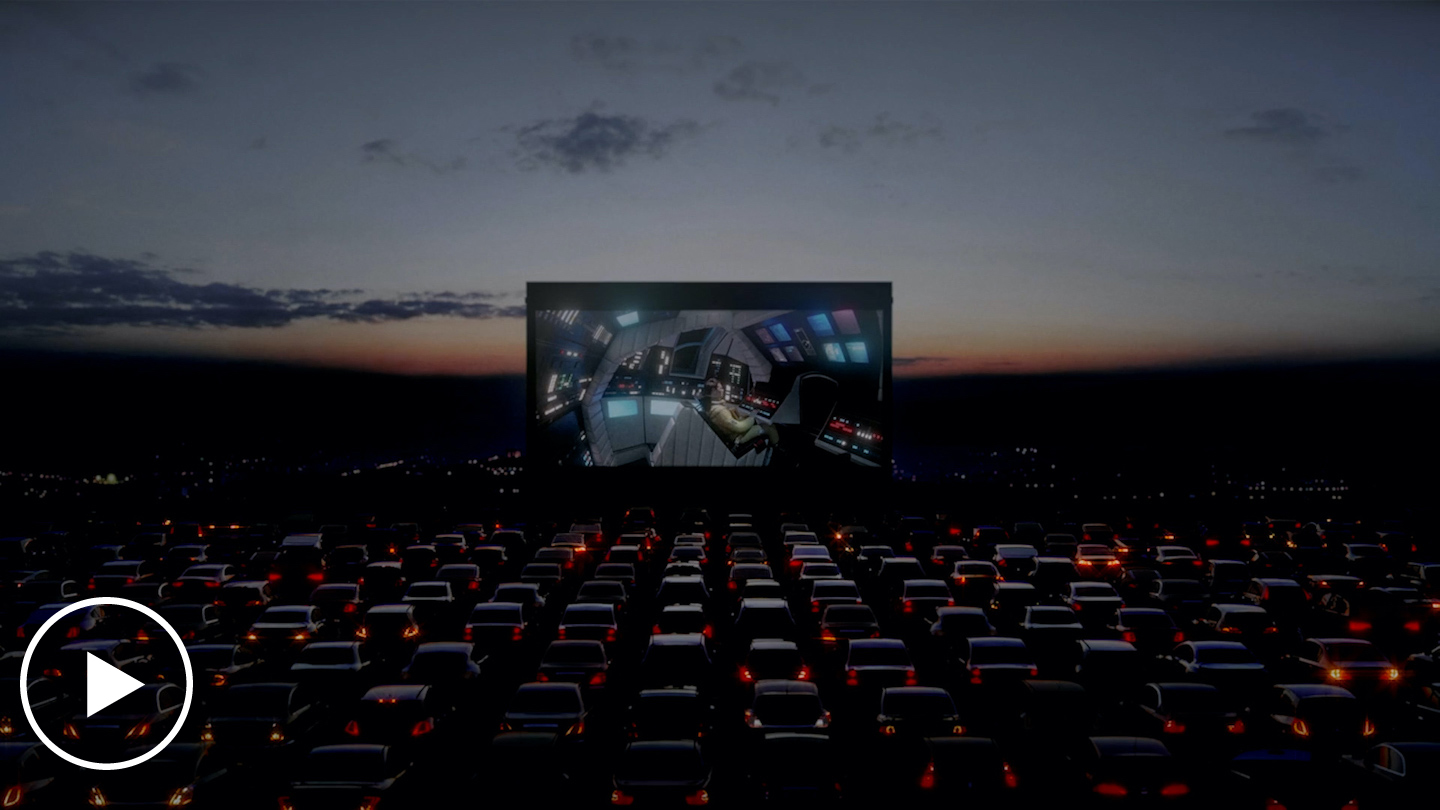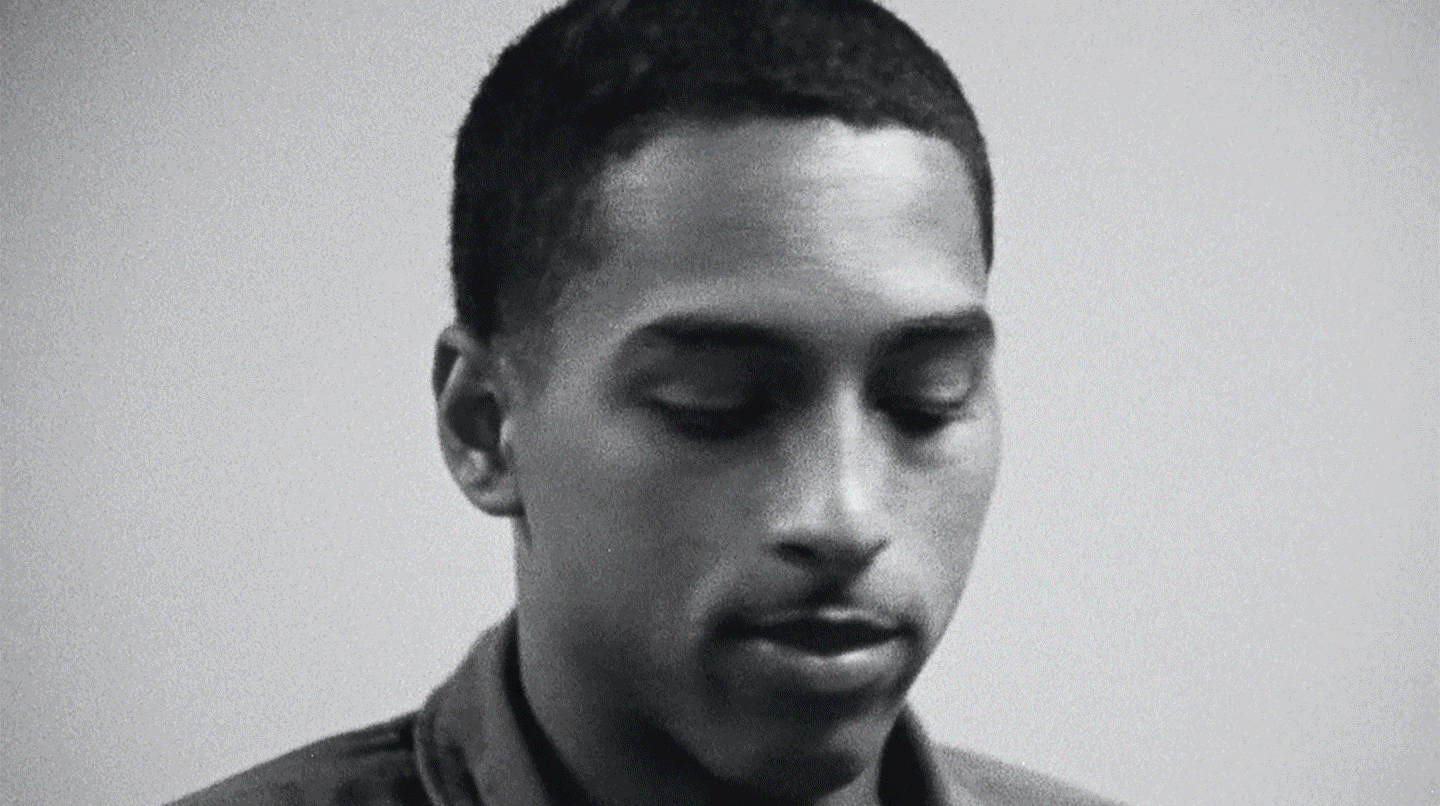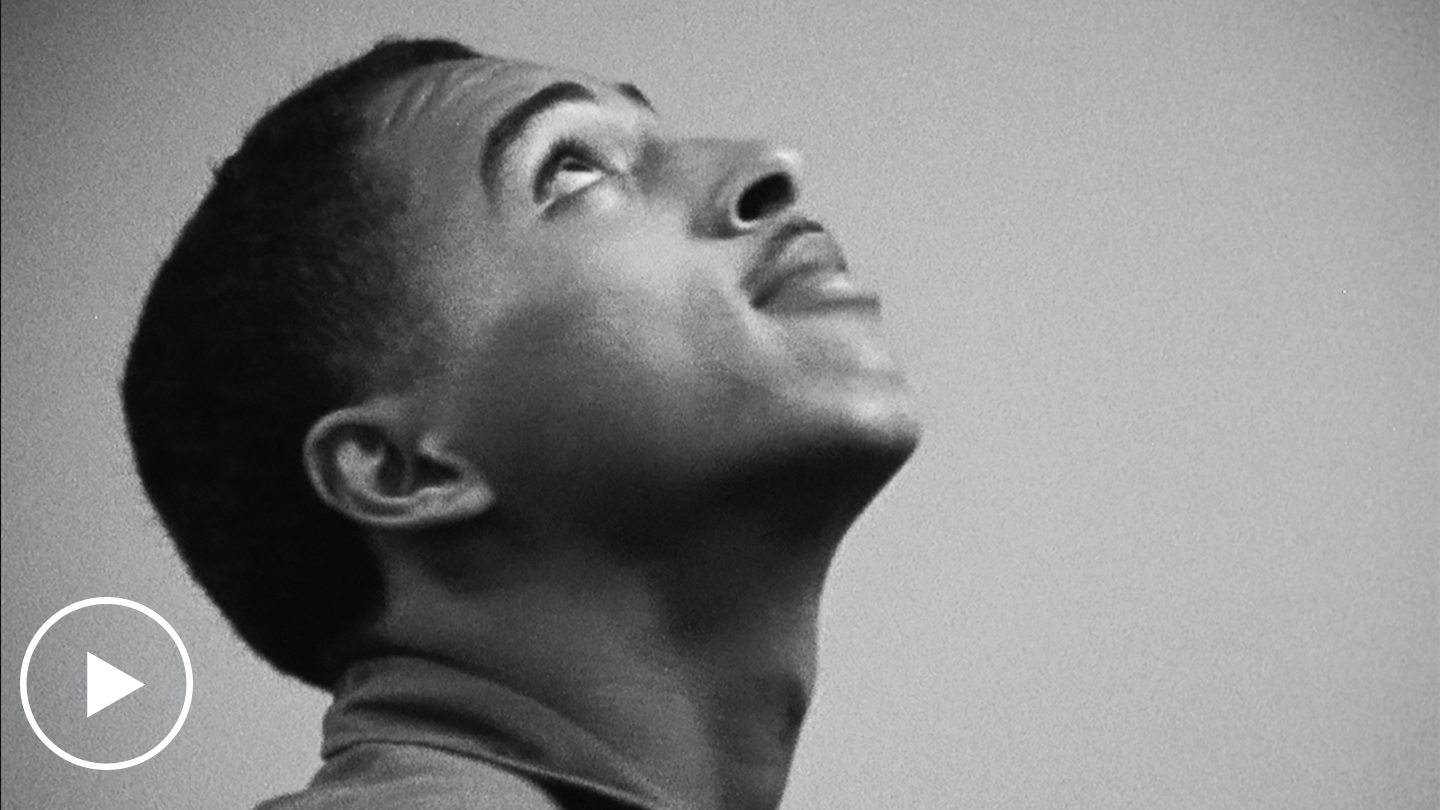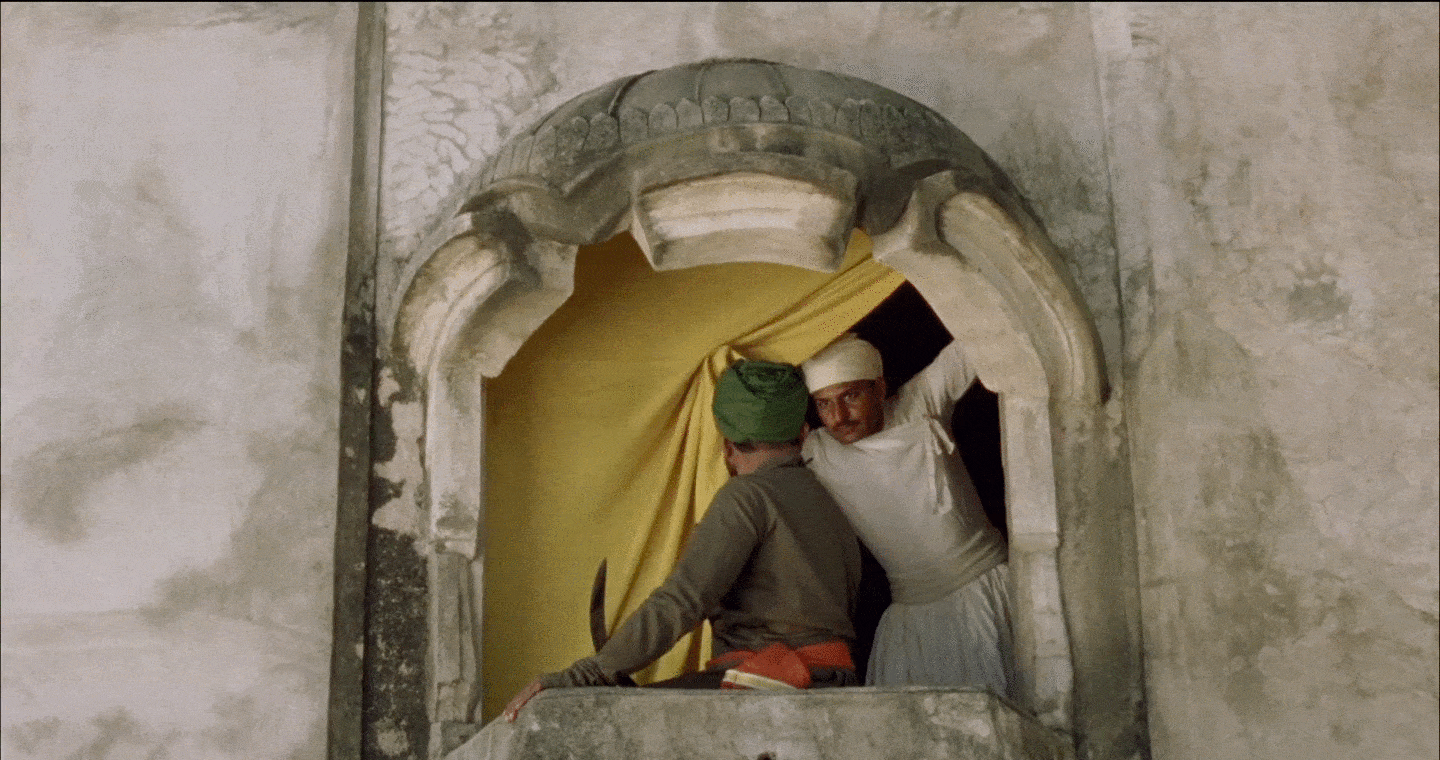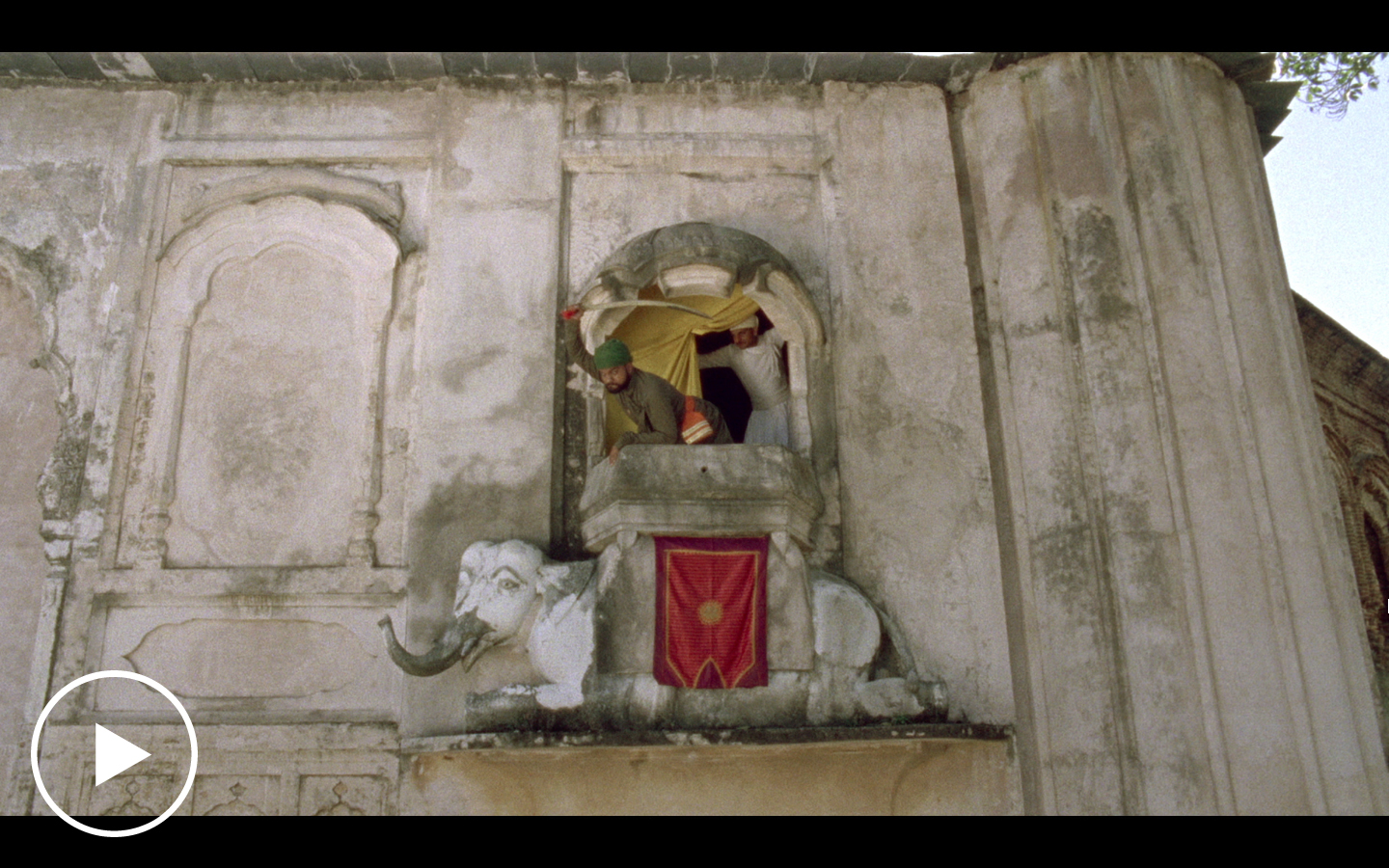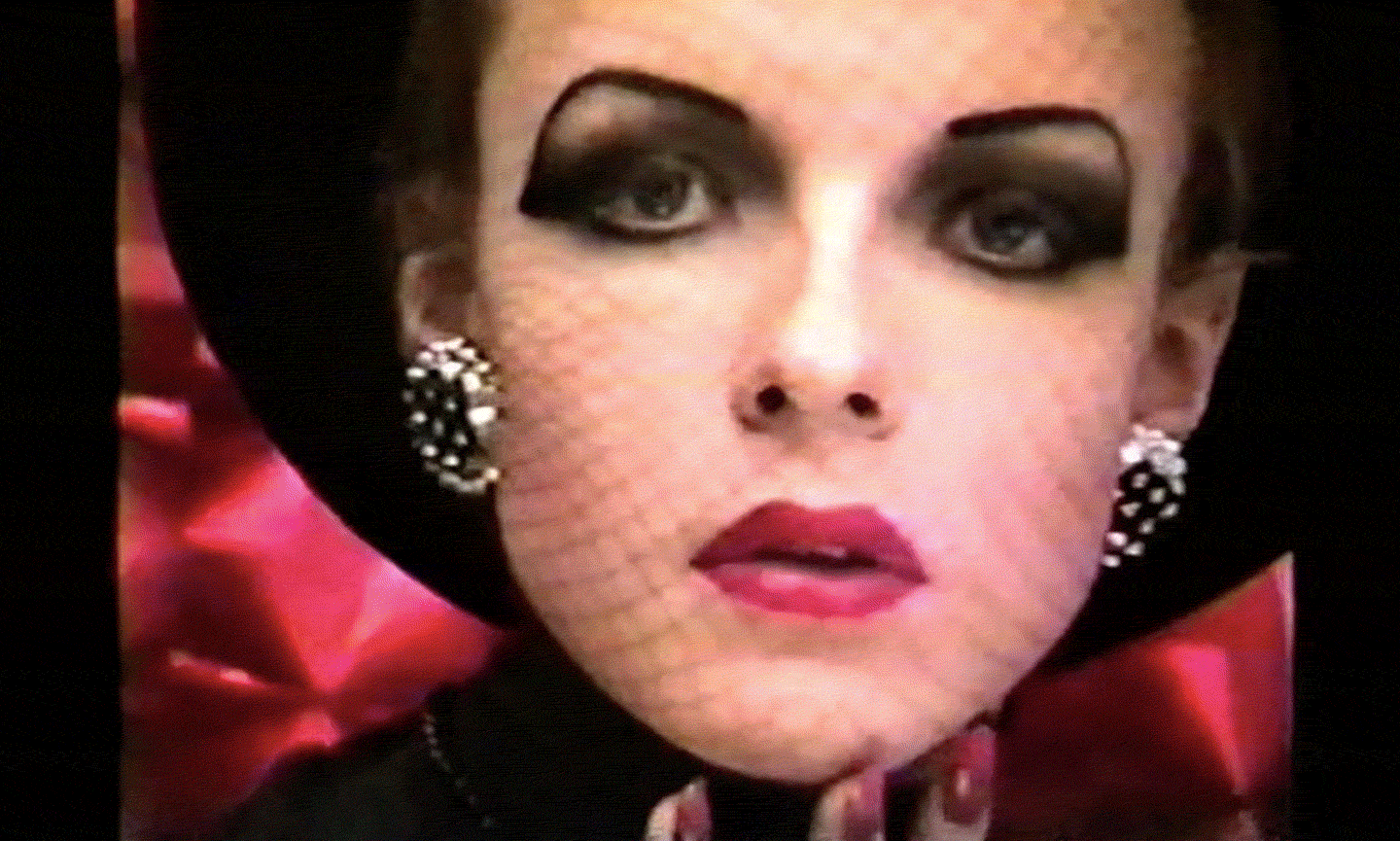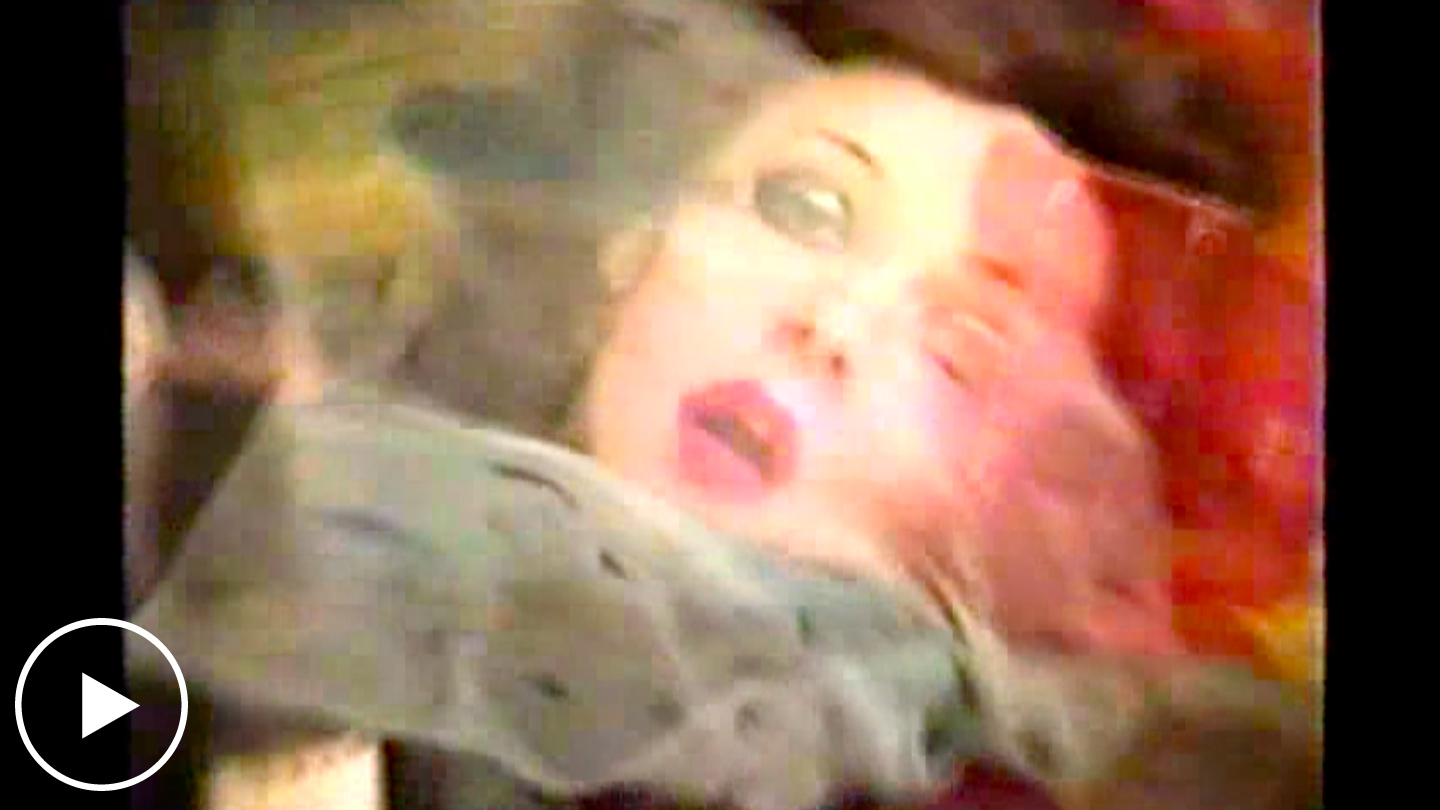Crashing into the Future: Week #6
Zheng Yuan, Dream Delivery, 2018
Join us on e-flux Video & Film for the online screening of Zheng Yuan’s Dream Delivery (2018), the sixth and final installment of Crashing into the Future, on view from Monday, March 29 through Sunday, April 4, 2021 and featuring an interview with the filmmakers conducted by Yang Beichen.
Crashing into the Future is a six-part program of films and interviews put together by Cao Fei. It is the fifth cycle of Artist Cinemas, a long-term, online series of film programs curated by artists for e-flux Video & Film.
Artist Cinemas presents Crashing into the Future
Week #6: Monday, March 29–Sunday, April 4, 2021
Zheng Yuan, Dream Delivery, 2018
9:50 minutes
An exhausted motorcycle courier falls asleep on the bench of a roadside park. In his dream, fellow couriers gather together in a shanzhai, or counterfeit, park in the desert where the previously mobile riders have become static “statues.” The scene stands in contrast with the speed and efficiency with which they pursue their work around the clock, revealing another side of the Chinese economic miracle.
Excerpt from Zheng Yuan in conversation with Yang Beichen
Yang Beichen (YB):
I think the “pre-socialist” concept you mentioned is pretty interesting. Pre-socialism in China currently remains in astate akin to an archeological relic—it has to be excavated. According to the mainstream ideology of today’s China, it would seem that this part of history can only ever provide us with reflective or failed experiences of reference. Your work reminds me of historian Arif Dirlik’s discussions about post-revolutionary and post-socialist China. Whether in Dream Delivery or your China Northwest Airlines series (2017-ongoing), you’re dealing with the pre-post socialist processes of transference and transformation, which reminds us that these processes still have an impact today.
Zheng Yuan (ZY):
The concept of pre- or post-socialism actually permeates contemporary art discourses, and is often used as material by artists from formerly socialist countries. So when my friend dropped the word indifferently, I was shocked: You thought about that too?
After 1991, there have been many lessons learned from the collapse of the Soviet Union. The event was disseminated to various national departments in China as a case study, to prevent the “great changes” of the Revolutions of 1989 in Eastern Europe and beyond from happening in China. It would have been difficult to exert influence and impact if the Soviet’s collapse hadn’t been used as a case study. What interests me is the question: How can gradual transformation happen in China, without these “great changes”?
YB:
The theme park in Dream Delivery is undoubtedly arresting. It belongs to the culture of shanzhai, or counterfeits—which are considered a kind of metaphor for the globalization dream since China’s economic reform. A similar phenomenon is echoed in Jia Zhangke’s film The World (2005). China’s particular reality finds its footing in a surreal environment. Can you speak about your thoughts in choosing the theme park?
ZY:
The first time I watched The World, I thought of this park I had visited in a yellow minibus as a kid in southern Beijing. I had a strong impression of musician Lin Qiang’s soundtrack and liked the film. When I encountered the concept of shanzhai later on, I thought of it quite differently from what is described in The World.
The globalization dream in The World was poetic, but today’s reality is getting more bizarre. in In 2004, I went to visit a friend in Beijing’s “Berlin Philharmonic,” and the gate of the community was in the style of the Brandenburg Gate. Since then, I’ve been to the “Eiffel Tower” in Hangzhou, to “London Bridge” in Suzhou, and to “Thames” Town in Shanghai. The surreal scenes in Dream Delivery are actually prevalent in Chinese cities. The real and the hyperreal are becoming interchangeable. The world of Beijing World Park in Jia’s film has become part of reality, while the Window(s) of the World—as these theme parks are referred to after the Window of the World Park in Shenzhen, which opened in 1993 right after the Reform and Opening-up policy was resumed—now open the door inward.
Watch the film and read the full conversation here.
About the program
Various signs around us suggest that we have reached a moment where the contradictions accumulated by our history can no longer be sustained. A sense of déjà vu takes hold. Once again, the uneasy organisms of this planet look up and gaze at the cosmos as they hastily crash into the future...
Crashing into the Future brings together a selection of six works by video artists from China born in the late 1980s and 1990s. Most of the featured artists studied or lived abroad for some time, and their artistic practices reflect their diverse influences. The works are presented under three thematic junctions—Monstrosity, Ghost Worker, and Cosmos in Flux—that, together, constitute a kind of rhizome wherein meaning is produced in the space between the nodes.
Crashing into the Future is a program convened by Cao Fei as part of the series Artist Cinemas. It will run for six weeks from February 22 through April 5, 2021, screening a new film each week accompanied by an interview with the filmmaker(s) conducted by Cao Fei and invited guests.
Crashing into the Future wraps on Monday, April 5 with a 24-hour repeat screening of all six films presented in the program, from 12am to 11:59pm EST. Watch the films here.
About Artist Cinemas
Artist Cinemas is a new e-flux platform focusing on exploring the moving image as understood by people who make film. It is informed by the vulnerability and enchantment of the artistic process—producing non-linear forms of knowledge and expertise that exist outside of academic or institutional frameworks. It will also acknowledge the circles of friendship and mutual inspiration that bind the artistic community. Over time this platform will trace new contours and produce different understandings of the moving image.
For more information, contact program@e-flux.com.
